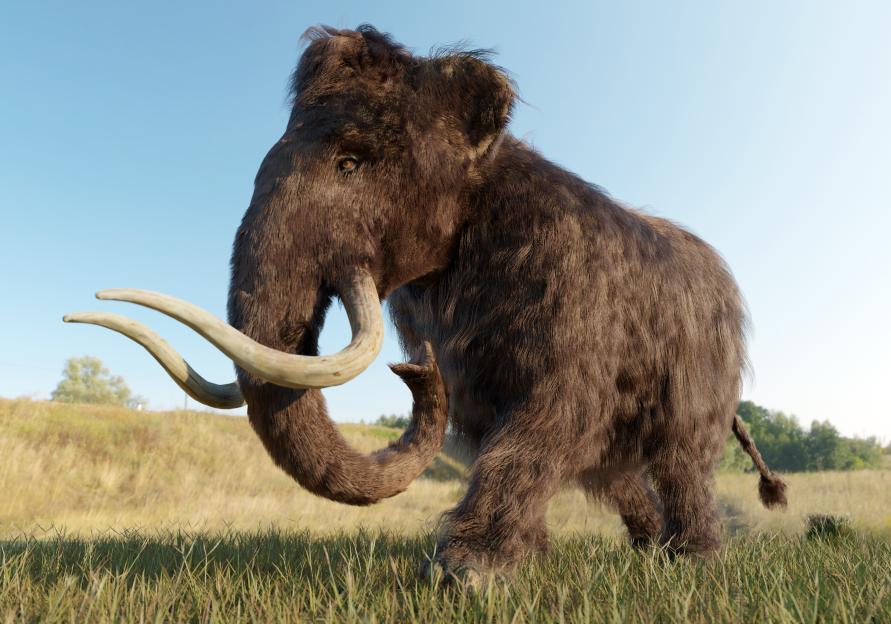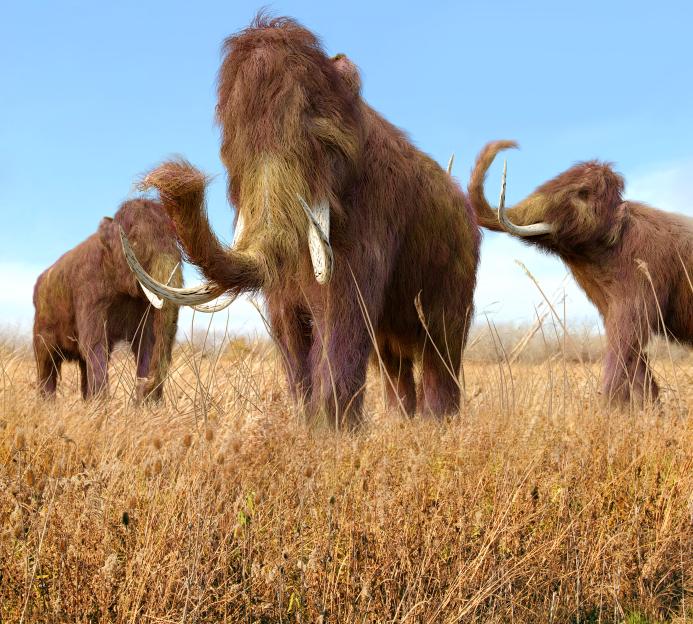WOOLLY mammoths are a step closer to coming back from the dead after RNA from a 39,000-year-old carcass was found.
The Ice Age discovery was found in one of ten trapped woolly mammoths sampled from Siberian permafrost.
 Yuka is the young woolly mammoth who scientists were able to extract RNA fromCredit: Reuters
Yuka is the young woolly mammoth who scientists were able to extract RNA fromCredit: Reuters
 Scientists have spent decades studying snippets of ancient DNA from well-preserved woolly mammoth specimensCredit: Getty
Scientists have spent decades studying snippets of ancient DNA from well-preserved woolly mammoth specimensCredit: Getty
 Discovery of ancient RNA in mammoths could be key to detecting traces of material from the Ice AgeCredit: Getty
Discovery of ancient RNA in mammoths could be key to detecting traces of material from the Ice AgeCredit: Getty
Swedish scientists extracted the RNA from the mammoth, which has been considered a key genetic breakthrough towards their ““.
This RNA is the oldest RNA ever found, twice as old as the previous record which came from a 14,300-year-old wolf skin.
RNA is what produces proteins in the body, and is just as essential to life as DNA, though harder to preserve and gather from animals that have been long-dead.
Attempts to revive the giant have predominantly focused on perfecting from frozen specimens.
However, it is only a part of what is required to effectively bring mammoths back from extinction.
With detailed information provided by a mammoth’s RNA, it will make it easier to understand the genes the creatures expressed in a more nuanced way than provided simply by DNA.
Ten were gathered by researchers from Stockholm University with the hopes of finding their RNA from the Siberian permafrost.
One, named Yuka, was discovered to have such high quality RNA they were able to better understand the animal’s specific biological functions.
This has been the primary hope of the study, enabling scientists to gain information on where the genes are in the genome and how they are expressed, regulated and functioning, their differing mutations compared to current day animals that are related, and their skeletal muscle metabolism.
Lead author of the study Dr Emilio Mármol Sánchez, told The Telegraph: “This is something that DNA alone cannot tell, and for which RNA is needed, at least if we can manage to obtain data of enough good quality.”
The breakthrough has been published in the scientific journal Cell, which could also provide valuable information on other historical periods, medieval research and modern but degraded DNA.
Co-author of the study, Professor Love Dalén, added: “Indirectly, the study has relevance in the sense that recovering RNA could in future studies give useful insights on which genes are important for the development of certain traits.”
Dalén, who is a professor of evolutionary genomics, recognises how the RNA while not directly relevant to the process of still lays the groundwork for future study.
“As an example, there are many dozens of genes in the mammalian genome that have been associated with hair and skin, but we currently don’t know exactly which of these were important in mammoths,” he added.
 Yuka was examined along with nine other Siberian mammoths who had RNA isolated from their tissuesCredit: Getty
Yuka was examined along with nine other Siberian mammoths who had RNA isolated from their tissuesCredit: Getty
More “reliable evidence” has been found in the makeup of muscle, with more than 300 protein-coding mRNAs along with 60 different microRNAs.
They have provided scientists with information on how the creature’s muscles were organised and worked functionally.
Data has revealed their muscles functioned similarly to how current species like elephants do.
Through Yuka, this included that he had mostly slow-twitch muscle designed for endurance rather than explosive movement.
Researchers added that by seeing Yuka’s RNA, not only did they determine him to definitely be male, they also “might have glimpsed the final pulses” of its body before it died.
Discovery of the RNA comes more than a year after scientists managed to a woolly mammoth’s genome and chromosomal structures for the first time.
The research was made possible by a perfect storm of conditions that preserved the mammoth’s DNA in a glass-like state.
An international research team took chromosomes from 52,000-year-old remains uncovered in northeastern Siberia six years ago.
The mammoth had been “freeze-dried” shortly after death and was eerily well-preserved, making it an ideal specimen.







